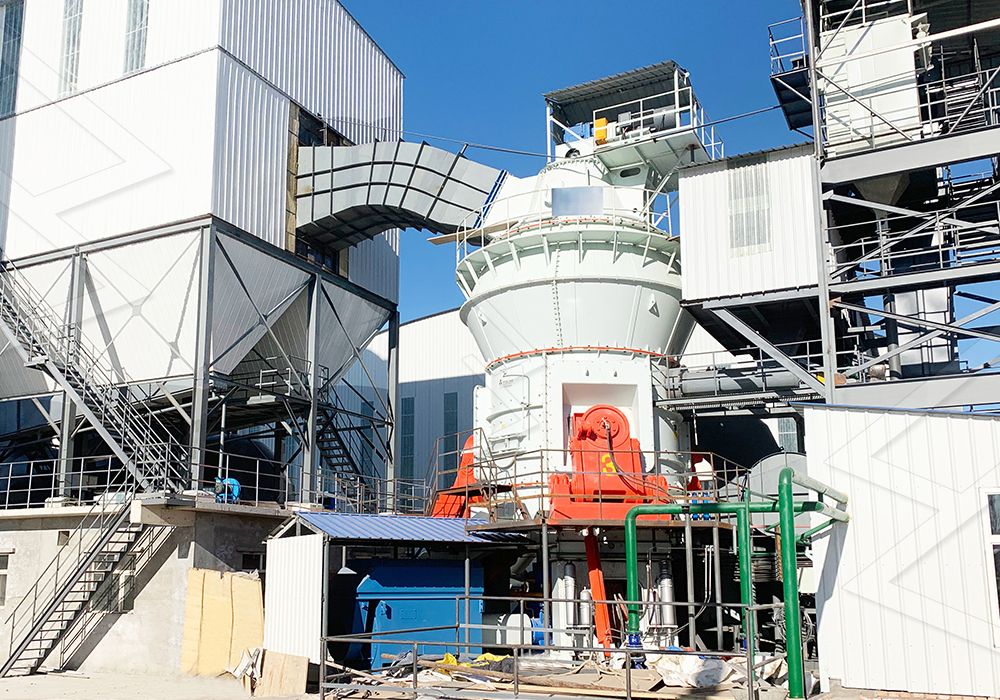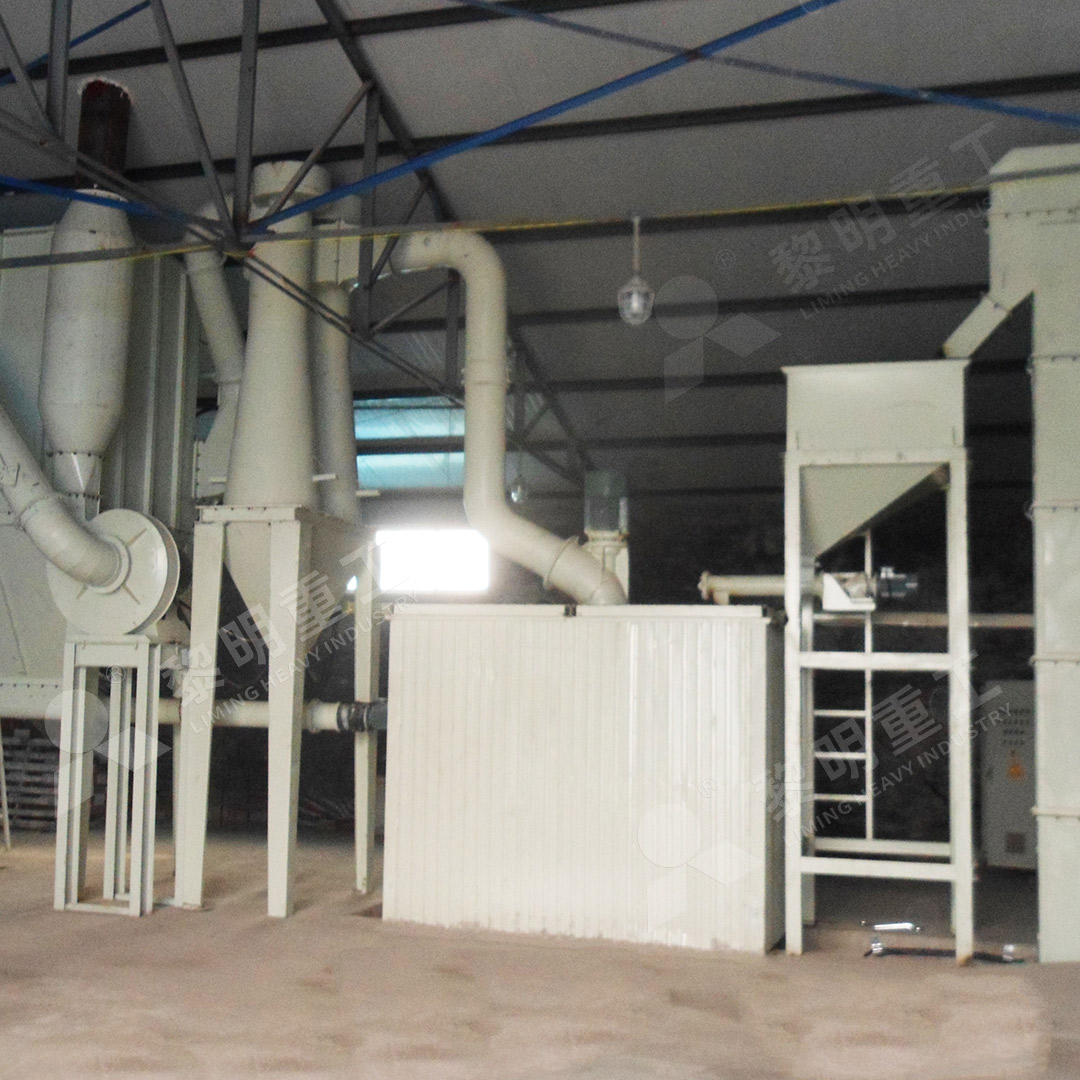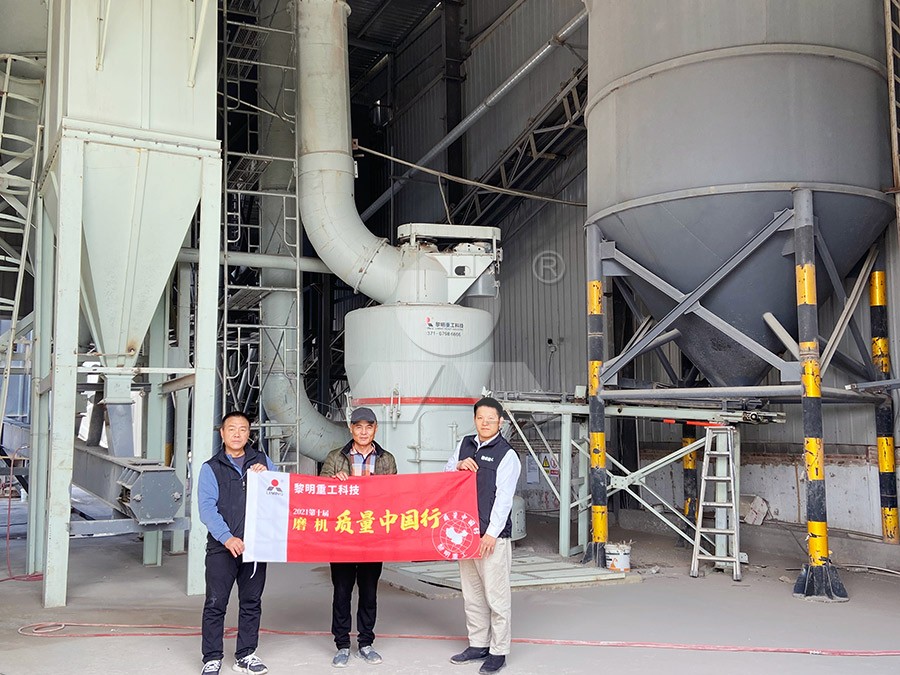Vertical Grinding Mill for Diorite: Efficient Powder Processing Solutions
Vertical Grinding Mill for Diorite: Efficient Powder Processing Solutions
Diorite, an intrusive igneous rock composed primarily of plagioclase feldspar, biotite, hornblende, and pyroxene, presents unique challenges in powder processing. Its hard, abrasive nature demands robust grinding technology capable of delivering fine powders while maintaining operational efficiency and minimal wear. For industries seeking to transform this durable rock into valuable powder products, selecting the appropriate grinding equipment is paramount to profitability and product quality.

The geological characteristics of diorite—including its mineral composition, hardness (typically 6-7 on Mohs scale), and interlocking crystalline structure—require specialized milling approaches. Traditional grinding methods often result in excessive energy consumption, high maintenance costs, and inconsistent particle size distribution. This is where advanced vertical grinding technology demonstrates its superiority, offering precise control over the entire grinding process while addressing the specific challenges posed by diorite’s physical properties.
Advanced Technology for Challenging Materials
Modern vertical grinding mills incorporate sophisticated engineering solutions specifically designed to handle hard, abrasive materials like diorite. The vertical configuration allows for direct grinding pressure application, maximizing efficiency while minimizing energy waste. Unlike horizontal ball mills that rely on impact and attrition through tumbling media, vertical mills utilize a bed compression mechanism that proves particularly effective for dense, crystalline materials.
For diorite processing operations requiring ultra-fine powders with precise particle distribution, the MW Ultrafine Grinding Mill presents an optimal solution. This advanced mill handles input sizes up to 20 mm with capacities ranging from 0.5 to 25 tph, making it suitable for various production scales. Its innovative design features higher yielding with lower energy consumption—achieving 40% higher production capacity compared to jet grinding mills with the same fineness and power requirements. The adjustable fineness between 325-2500 meshes ensures operators can produce exactly the powder specifications required for their specific applications.

Operational Advantages in Diorite Processing
The mechanical structure of vertical grinding mills offers distinct benefits for diorite processing. The absence of rolling bearings and screws in the grinding chamber eliminates concerns about bearing damage or loose screw-related failures. This design consideration proves particularly valuable when processing abrasive materials that can accelerate mechanical wear. The external lubrication system enables maintenance without shutdowns, supporting continuous 24-hour operation that maximizes production uptime.
Environmental considerations are equally addressed through integrated pulse dust collection systems that prevent dust pollution throughout the milling process. Combined with silencers and noise elimination technology, these mills operate well within national environmental protection standards—a critical factor for operations in regulated regions or near residential areas.
Application-Specific Solutions
Diorite powders find applications across multiple industries, including construction materials, ceramics, and industrial fillers. The quality requirements vary significantly between these applications, necessitating precise control over particle size distribution, chemical purity, and color consistency. The multi-head cage-type powder selector technology in modern vertical mills enables operators to fine-tune these parameters according to specific yield, fineness, and sieving rate requirements.
For operations requiring even higher precision and specialized diorite processing capabilities, the LUM Ultrafine Vertical Grinding Mill offers additional advantages. With its input size capacity of 0-10 mm and throughput of 5-18 tph, this mill incorporates the latest grinding roller technology and German powder separating technology. The unique roller shell and lining plate grinding curve design generates material layers more effectively, enabling high rates of finished products through single-pass powder milling. This design significantly enhances grinding efficiency while improving the whiteness and cleanliness of finished diorite powders.

Economic and Operational Benefits
The transition to vertical grinding technology for diorite processing delivers substantial economic advantages beyond improved product quality. The compact design reduces facility footprint requirements by up to 50% compared to traditional ball mill systems, while energy savings of 30-40% significantly lower operational costs. Digitalized processing through numerical control machine tools ensures high precision manufacturing of core components, contributing to longer service life and reduced maintenance requirements.
Furthermore, the comprehensive spare parts support and technical services provided by established manufacturers ensure worry-free operation, minimizing downtime and protecting production schedules. This support structure proves particularly valuable for operations in remote locations or those running continuous processing schedules.
Frequently Asked Questions
What makes vertical grinding mills particularly suitable for diorite processing?
Vertical grinding mills excel with diorite due to their bed compression grinding mechanism, which proves more effective than impact-based methods for hard, crystalline materials. The vertical configuration allows direct pressure application, maximizing energy transfer efficiency while minimizing wear.
How does the MW Ultrafine Grinding Mill handle diorite’s abrasive nature?
The MW Mill addresses abrasion through several design features: absence of internal rolling bearings and screws in the grinding chamber, external lubrication systems, and wear-resistant materials in critical components. These features collectively reduce maintenance requirements and extend operational life.
What particle size ranges can be achieved when processing diorite?
Modern vertical mills like the MW series can produce diorite powders ranging from 325 to 2500 meshes, with the capability to achieve d97≤5μm in a single pass. This wide range accommodates various industrial applications from construction materials to fine industrial fillers.
How significant are the energy savings with vertical grinding technology?
Operations typically realize 30-50% energy reduction compared to traditional grinding systems. The MW Ultrafine Grinding Mill specifically demonstrates 40% higher production capacity than jet grinding mills with equivalent power consumption.
What environmental benefits do these systems provide?
Integrated pulse dust collectors prevent particulate emissions, while silencers and noise reduction technology maintain operation within environmental standards. The closed-system design contains processing materials completely, eliminating workplace contamination.
